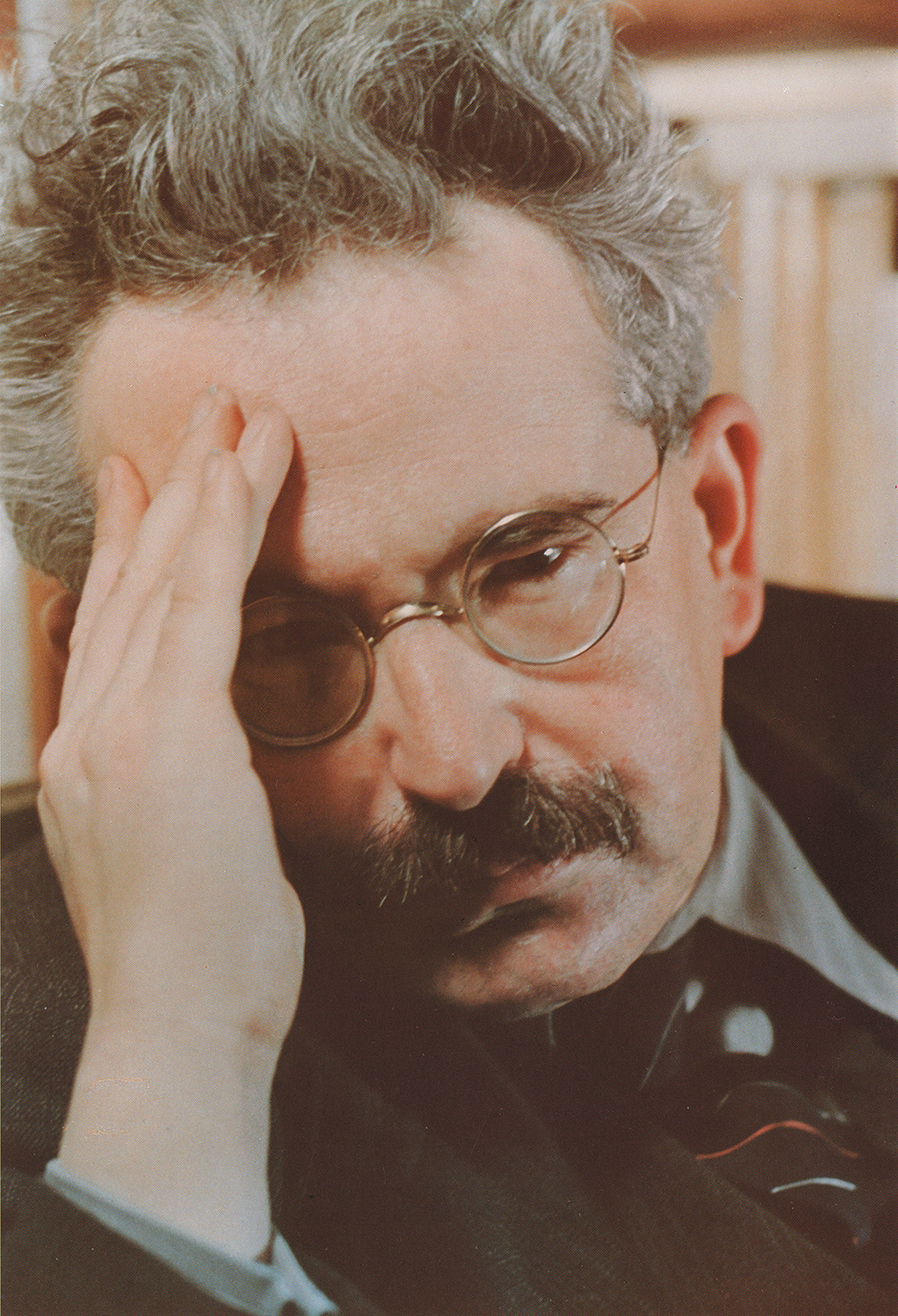Week 3: Robotics & Art
While in the past we have focused on visual art in our studies on the intersection between art and science, this module drew attention to the collaboration between science and performance art.
Walter Benjamin was a German Jewish philosopher and cultural critic known for his insight and impact in literature and art. He argued that the use of robotics and other mechanical tools destroyed the authenticity and uniqueness of art. In a sense, Benjamin's point has potential validity because the use of mechanical tools gives the opportunity to create perfection; perfectly straight lines, completely right angles, and other mathematically flawless drawings can be created. This could potentially detract from the authenticity of an artist's work-- many would argue that the imperfections of art is what makes art itself. In addition, technological tools and artificial intelligence allows for generated artwork on the spot. The conversation surrounding AI generated art and its capability to take away work from professional artists globally has been highly discussed, and as a result, labor unions have implemented guidelines surrounding the responsible use of artificial intelligence in the artistic workforce.
On the other hand, the argument can be made that mechanical machinery and other robotics has the potential to enhance art. As mentioned earlier, the collaboration between engineers and performances gives the opportunity to have enhanced artistic performances by utilizing modern machinery that create unique experiences for the audience. From the lectures, Nine Evenings was a series of performances that showcased physical machinery and technology as a centerpiece for artistic performance; it was the first time technology such as television projection and closed circuit television were showcased in a stage setting. Infrastructures such as these provide a stage for technology to be showcased in a collaborative rather than a competing environment.
Works Cited
Lam, Pearl. “Council Post: The Impact of Artificial Intelligence on the Art World.” Forbes, Forbes Magazine, 19 Feb. 2024, www.forbes.com/sites/forbesbusinesscouncil/2024/02/02/the-impact-of-artificial-intelligence-on-the-art-world/?sh=1c274a3a532d#:~:text=Identifying%20Art%20And%20Assessing%20Value,more%20accurately%20by%20using%20AI. Accessed 17 Apr. 2024.
“The Work of Art in the Age of Mechanical Reproduction.” Modernism Lab, campuspress.yale.edu/modernismlab/the-work-of-art-in-the-age-of-mechanical-reproduction/. Accessed 17 Apr. 2024.
Vesna, Victoria. “Robotics pt1.” Robotics + Art.16 April. 2012. Lecture.
Vesna, Victoria. “Robotics pt 2.” Robotics + Art.16 April. 2012. Lecture.
Vesna, Victoria. “Robotics pt 3.” Robotics + Art.16 April. 2012. Lecture.
Images Works Cited
Kirsch, Adam. “The Redemption of Walter Benjamin: Adam Kirsch.” The New York Review of Books, 23 July 2020, www.nybooks.com/articles/2014/07/10/redemption-walter-benjamin/.
“9 Evenings: Theatre and Engineering.” Monoskop, monoskop.org/9_Evenings:_Theatre_and_Engineering. Accessed 18 Apr. 2024.
“9 Evenings: Theatre and Engineering Fonds.” 9 Evenings: Theatre and Engineering Fonds : Documents Associated with the Performances, www.fondation-langlois.org/html/e/page.php?NumPage=1843. Accessed 18 Apr. 2024.



Hi Helena! Your blog was such a great read! I think it is definitely hard to find a balance between physical art and AI aided art especially since AI is still a relatively new tool. I do personally feel like AI and other computer programs take away from the "aura" of a painting but you made a great point about how it can also enhance. I think when used with a purpose, machinery can definitely add to the art but using it as an easier route to produce art is a little muddy. Thanks for sharing!
ReplyDelete